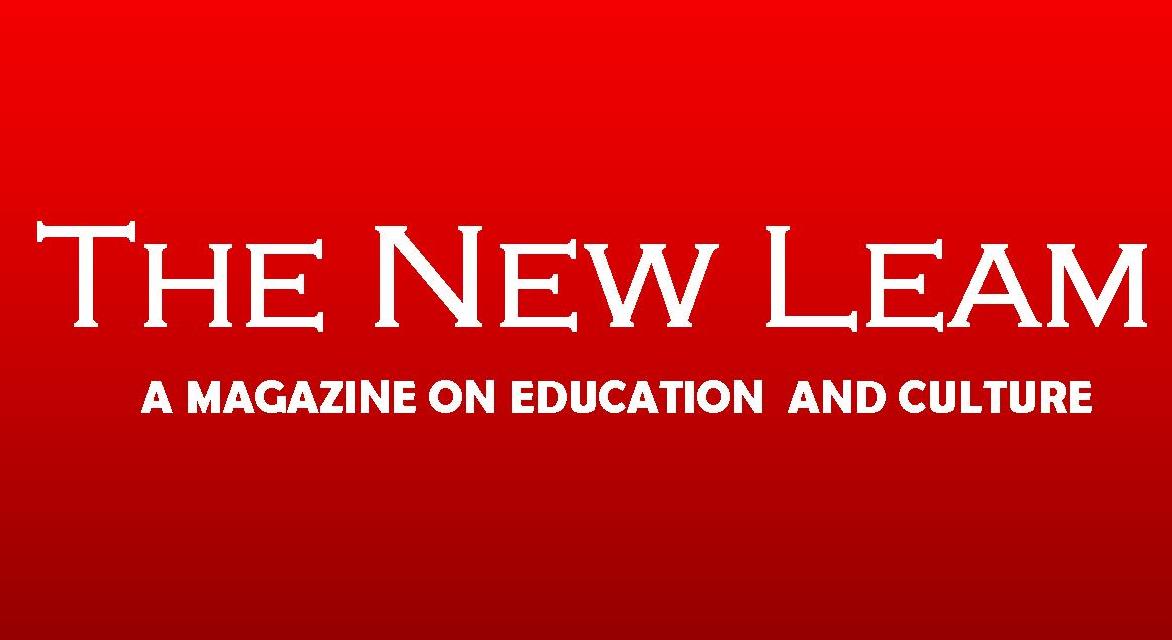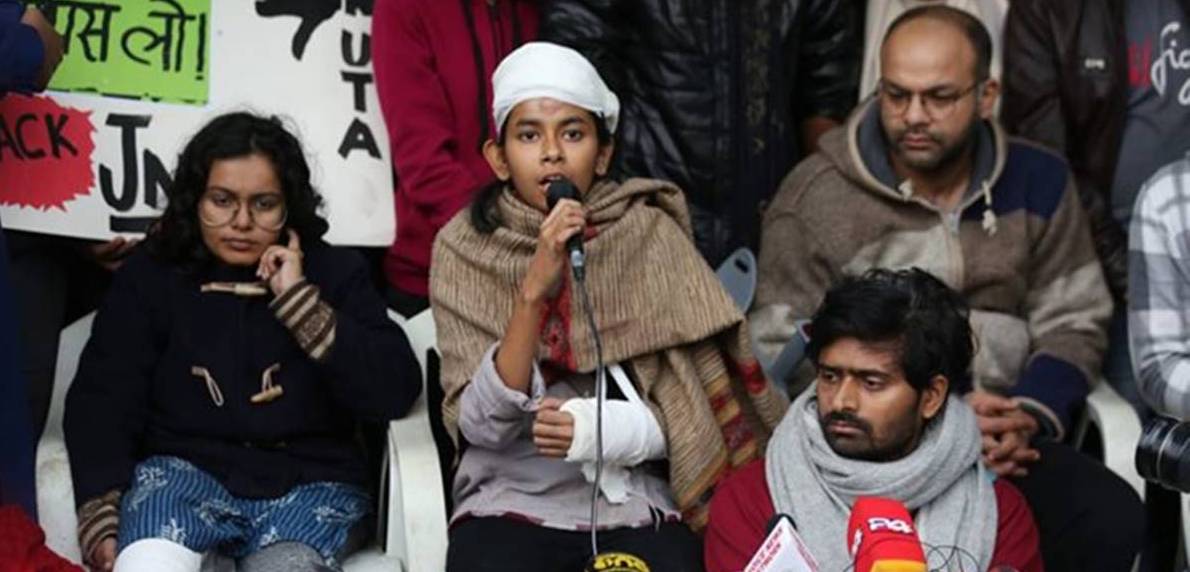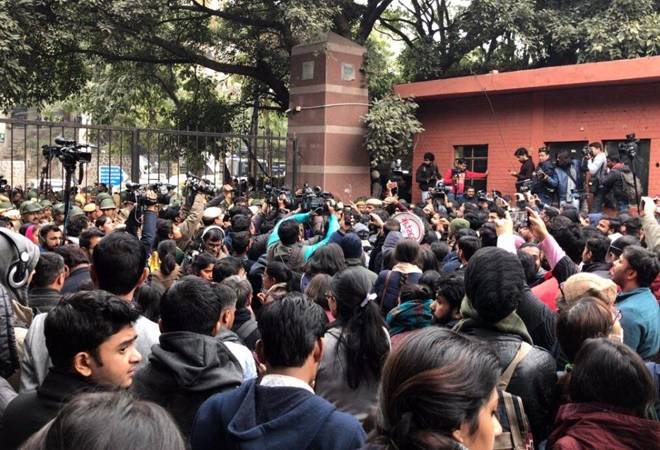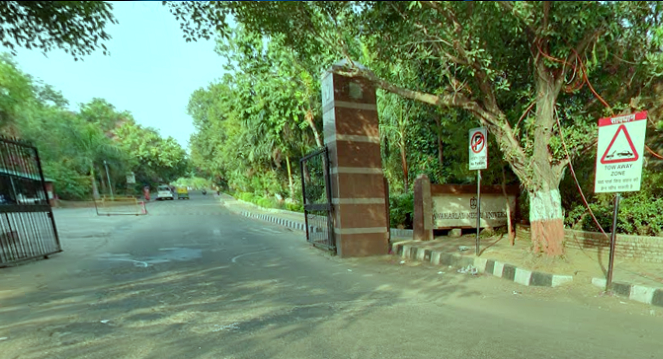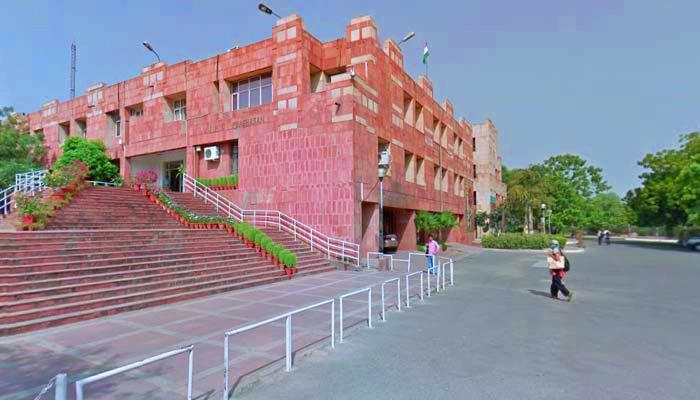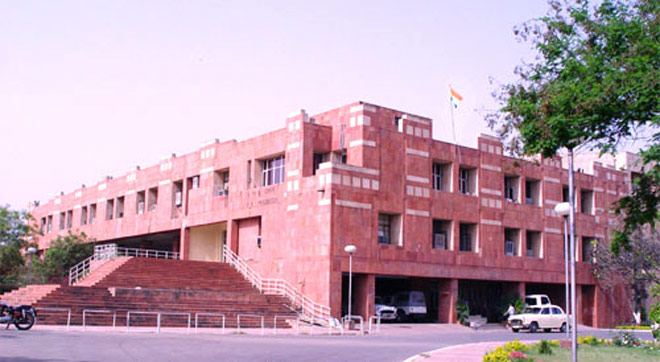Social Sciences in India and the Glimpses of Critical Thought
Modernity, development, morality—these are important issues that continue to strike our imagination. And when a social historian, a political theorist and a philosopher throw light on these issues we find a refreshingly different perspective. We begin to think critically. In this article a sociologist has played an enabling role— inviting the readers of The New Leam to the domain of critical enquiry, and trying to make them feel the glimpses of some fresh writings in Indian social sciences.
Professor Avijit Pathak teaches sociology at JNU, New Delhi
Our Modernity
Modernity, it is generally thought, is necessarily positive and progressive. It evokes a set of aspirations, p
rojects and possibilities—the liberal West with its Enlightenment, scientific reasoning, economic development and technological progress universalizing its grand mission to ‘civilize’ the rest of the world and rescue it from the burden of past, its medievalism; the promise of a new mode of living; the possibility of unilinear/unlimited progress. However, for a civilization like ours modernity need not always be perceived in a way the West seeks to project it. Far from singing the songs of praise of modernity all the time, it is possible to see the articulations of anguish, disapproval, loss, and simultaneous quest for our own modernity. As Partha Chatterjee interrogates commonsensical notions about the existence of certain ‘universally held values of modernity’, and suggests that modernity is a ‘contextually located and enormously contested idea’ (‘Talking about our Modernity in Two Languages’ in The Partha Chatterjee Omnibus, Oxford University Press, New Delhi, 1999), we see the beautiful articulation of an interesting debate. Chatterjee—with his sense of history and deep interest in texts and narratives—refers to what Rajnarayan Basu ( a leading social reformer in Bengal) wrote in 1873 in his essay Se kal ar e kal ( meaning Those Days and These Days). In a way, Basu compared the changes that colonial modernity , particularly after the full-fledged introduction of English education, brought in Bengal (or India) with pre-British days. And Basu was not at all happy with the consequences of modernity. Chatterjee quotes extensively from Rajnarayan Basu, and shows how, for Basu, in every sphere, be it sociability, health, virtue or religion, things deteriorated in the modern age. ‘We used to hear in our childhood of women who chased away bandits. These days, leave alone women, we do not even hear of men of such courage.
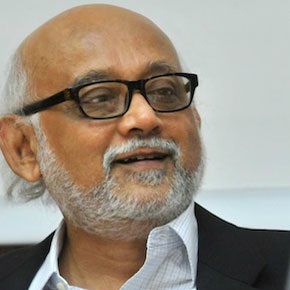
Men these days cannot even chase a jackal’, wrote Basu indicating how in the new age people became ‘feeble, sickly and short-lived.’ Again, unlike ‘the vernacular old man’ with a healthy body and strong sense of self-discipline, the anglicized old man, Rajnarayan Basu lamented, ‘has dinner and brandy at night and sleeps late; he has never seen a sunrise and has never breathed the fresh morning air…In this way, subjected to English food and drink and other English manners, the anglicized old man’s body becomes the home of many diseases.’
It is easy to laugh at Rajnarayan Basu’s ‘nostalgia’; but then, as Chatterjee argues, ‘there must be something in the very process of our becoming modern that continues to lead us, even in our acceptance of modernity, to a certain skepticism about its values and consequences.’ A possible reason is that the history of ‘universal’ modernity in India cannot be separated from colonialism, and as a result, it is really difficult to see ourselves as active producers of this modernity. This leads to a search for many new forms of modernity. As Chatterjee says: ‘We could stretch Rajnarayan’s comments further to assert that true modernity consists in determining the particular forms of modernity that are suitable in particular circumstances.’ For developing his arguments further, Chatterjee invokes Immanuel Kant and Michel Foucault. For Kant, modernity or Enlightenment, we know, meant the cultivation of man’s own powers of reasoning leading to self-reliance. However, Foucault taught us to see Enlightenment modernity from a critical angle; we could see the relation between the practices of knowledge and the technologies of power. As a result, the project of Western modernity doesn’t look so promising. To quote Chatterjee: ‘The irresistible enthusiasm that one notices in the writings of Western philosophers of the Enlightenment, about a modernity that would bring in the era of universal reason and emancipation does not seem to us (and I say with due apologies to the great Immanuel Kant) as mature in the least. Today our doubts about the claims of modernity are out in the open.’
No wonder, Chatterjee’s reference to Rajnarayan Basu acquires a special meaning. It gives him the added confidence to assert that we need to abandon ‘the simple faith that because something was modern and rational, it must necessarily be for the good.’ Again, you cannot dismiss Basu by alleging that he was unduly attached to the past. Instead, as Chatterjee persuades us, ‘this sense of attachment is the driving force of our modernity. We would be unjust to ourselves if we think of it as backward-looking, as a sign of resistance to change. On the contrary, it is our attachment to the past which gives birth to the feeling that the present needs to be changed, that it is our task to change it.’ In the age of globalization (uneven globalization causing yet another kind of hegemony perpetuated by the system of global capitalism) is it possible to acquire the kind of courage that Rajnarayan Basu showed in his own time? Chatterjee provokes us to think.
The Aggression of Development
‘The problem with the idea of development’, argues Ashis Nandy, ‘is not its failure.’ Instead, when develomentalism as a hegemonic ideology becomes ‘an intimate part of every surviving civilization’, Nandy tells us, we experience all sorts of violence and authoritarianism. His essay: Development and Violence (Ashis Nandy, The Romance of the State: And the Fate of Dissent in the Tropics, Oxford University Press, New Delhi,2003) reveals once again his characteristic style—his profound critique of the project of modernity, development and progress, and his ability to persuade his readers to see what we tend to hide because of the hegemony of the triumphant ideology. For instance, Nandy can see beyond the ‘seductive charms of developmentalism’, and points out the paradox. Well, the ideology of development celebrates individualism; but it has actually ‘denuded the idea of the individual of much of its substantive content.’ Where is his/her agency? For everything, be it health care or child rearing, the individual has lost his/her personal initiative. Now there are specialized experts making ‘impersonal, contractual, professionalized choices on behalf of the person.’ Likewise, as we see all around, ‘there is an increase in indirect violence, surveillance and destruction of the life-support systems of communities.’
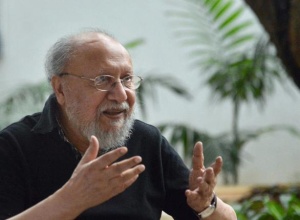
Nandy demolishes another myth: development guarantees democratic freedom, and authoritarianism is necessarily the product of underdevelopment .Even though modernists like Talcott Parsons and Edward Shils, or for that matter, even Lenin and Nehru saw a positive correlation between development and freedom, Nandy provokes us, and tells a different story. There are two strong points that Nandy makes. First, because of the very rationale of development, the state , the organized sector and the market have established their hold over the commons to which ‘traditionally the weakest of the society used to have some access.’ See the irony. These commons are now used to produce marketable goods that can never reach the original beneficiaries of the commons. So a simple villager in the Himalayan zone is losing his hold over the natural flow of a stream; but he cannot buy the heavily priced, attractively packaged mineral water. This experience of dispossession and displacement causes unrest, and leads to socio-political movements. But then, ‘authoritarianism becomes an easy means of containing these new participants in politics and controlling their demands.’ Second, the official proponents of development argue that we need to sacrifice something of the present for the sake of the future. So the peasants have to give their land for an industrial project; or people have to be displaced from their habitats because a dam has to be constructed. And this sacrifice is legitimated in the name of development: manufacture cars, generate electricity, create job opportunities. And authoritarianism, says Nandy, becomes the technique of extracting sacrifices from target groups. And the rising middle classes often support this sort of authoritarianism.
‘All hegemonic visions’, Nandy feels, ‘throw up their own distinctive strains of dissent in the form of counter-visions.’ As the violence implicit in the politics and practice of development becomes clear, many sensitive minds of our times, we are led to believe, ‘find the charms of development to be so much tinsel glitter.’ But, for many of us, it is not so easy to see beyond the trap of developmentalism; it seems to have conquered our bodies and souls. No wonder, in many Asian, African and South American societies, the traditional cultural practices are devalued and are a source of embarrassment. In society after society, Nandy argues with heightened sensitivity, ‘uncomfortable and allegedly irrelevant aspects of the past are now being shed as constructions fit only for the dustbin of history.’ It is pathetic; it is a mixture of self-hatred and mimicry. And there are ideologues—‘a new community of scholars, policy-makers, development journalists, readers of development news, development managers and activists’—who intensify this hegemonic process, and promote a new form of political authoritarianism. Nandy compels us to ask a question: Is it possible to evolve a language of resistance and create counter-hegemony?
Moral Education: From Aristotle to Gandhi
There seems to be no end to the debate on moral training and education. What is morality? And is it possible to have a shared understanding of morality in an age known for its celebration of differences and cultural relativism? Furthermore, can morality be taught the way schools teach physics or mathematics or history? Even though we ask these questions and continue to debate, many of us do realize that we need to think of our life- choices and priorities, particularly when there is so much violence and aggression in everyday life, when developmentalism denaturalizes existence, and when consumerism and media explosion cause a strange form of neurosis manifesting itself in greed, sexual violence and egoistic insulation amidst media simulation and information explosion. It is in this context Mrinal Miri’s fairly developed argumentations on Morality and Moral Training (see Mrinal Miri, Philosophy and Education, Oxford University Press, New Delhi, 2014) arouse our attention. To begin with, let me quote Miri: ‘My assumption is based quite simply on the intuition that a truly moral person cannot also be an abidingly unhappy person—or to put it somewhat more positively—the truly moral person must delight in doing no evil.’ However, Miri is an argumentative philosopher. He is bound to ask a counter question: ‘If morality is thus inseparable from happiness, why is the moral motive so difficult to cultivate for many people, if not for most?’ There can be many reasons; and one obvious reason is that the way society is structured life shows us something else—those who are honest, courageous and generous may be suffering, experiencing the worst form of poverty, or are sent to jail, whereas the tax-evading trader, the cunning politician and the celebrity pop star may live ‘happily’ with money, glamour, power and status.
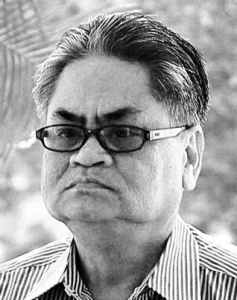
This harsh reality may be quite demoralizing, and it is not easy to convince people of the virtues of moral acts. Well, it is possible to argue that ‘there are at least two kinds of happiness in the world—one kind to which the virtuous aspire, and the other kind to which the vicious aspire’. It is like creating a division between the ‘lower’ and the ‘higher’ forms of happiness—between happiness in the gross/material domain and happiness in the subtle/inner realm of love and creativity. Even then it is not easy for the moral educator to do his job. ‘How is he to persuade’, as Miri asks, ‘the aspirant for happiness that the happiness of the virtuous is greatly preferable to that of the vicious?’ After all, as Miri says, ‘our contemporary society is so structured that it facilitates the success of those who are selfish, cruel, dishonest, wealthy, and powerful.’ Under these circumstances, it is not impossible even for the moral trainee to fall into moral despair. In fact, mere reasoning or logic is not sufficient to convince one. As a matter of fact, the beauty of morality has to be felt and realized; it cannot be proved the way one proves a mathematical formula. It is in this context that Miri feels the need for a shift—from the ‘external response’ to the ‘internal response’. He remembers Swaminathan’s confession: ‘ I paint because I cannot keep away from it, and it takes me away from myself’, recalls Kierkegaard and argues that to be established in the moral form of life requires the ‘transformation of our whole subjectivity.’ This means that you engage in a moral act not because of any ‘external ’reason; you are moral because from the depths of your being you realize its beauty and grace. This means self-education or self-discovery—the ability ’to overcome the powerful impulses towards self-deception and self-ignorance which always tend to entrench us in the form of life, which is devoid of the moral motive.’ This is like overcoming the burden of ‘ego’—the delusions it creates. This requires attentiveness—‘an attentiveness to the other and to oneself that takes one beyond the self-seeking engagement with one’s own ego, as it were, the self.’ Or, for that matter, it is the cultivation of love because ‘the virtues mediated by love’ constitute the moral life. It is a shift from Aristotle’s ‘secular’ approach to Gandhi’s ‘spiritual’ approach. Not surprisingly, Miri invokes Gandhi, and says that for him there was an ‘interior route’ to moral truths. I quote him: ‘His experiments consisted in traversing this interior route until the possibility of moral life is firmly established. They were, as it were, purificatory exercises which took him to the roots of the matter to what I have called the springs of action resulting in the transformation of subjectivity, and a subsequent pulling down of a form of life and founding another.’ For instance, this led Gandhi to realize a ‘spirit which delights to do justice to one’s adversary in practical, political, and religious matters, also a spirit which delights in helping the helpless.’
Yes, morality is important. The fate of the planet and our collective well-being depend on moral acts. But we should always remember that moral education should not be seen as a separate subject , or a matter of ‘skill learning’. Miri cautions us: ‘ To treat moral training as a separate, independent activity…involves the danger of reducing educational practice itself as empty of ethical content, as an ethically neutral activity.’ Instead, the practice of education—no matter whether one is learning literature or physics, mathematics or history, music or geography—ought to be ‘permeated by ethical sensibility.’ But is there anybody to listen? Isn’t it the fact that the practice of institutionalized schooling is centered on the cultivation of one’s ‘ego’—competition, not cooperation; sado-masochism, not the ecstasy of sharing and giving; the urge to become ‘successful’ in terms of power, wealth and status, not the kind of perceptiveness that led Michel Mcghee to ’see in the fading of a flower impermanence itself’? Miri persuades us to reexamine our educational practices.
This article is published in The New Leam, NOVEMBER-DECEMBER Issue( Vol.2 No.16-17) and available in print version. To buy contact us or write at thenewleam@gmail.com
If You Liked the article? We’re a non-profit. Support This Endeavour – http://thenewleam.com/?page_id=964

